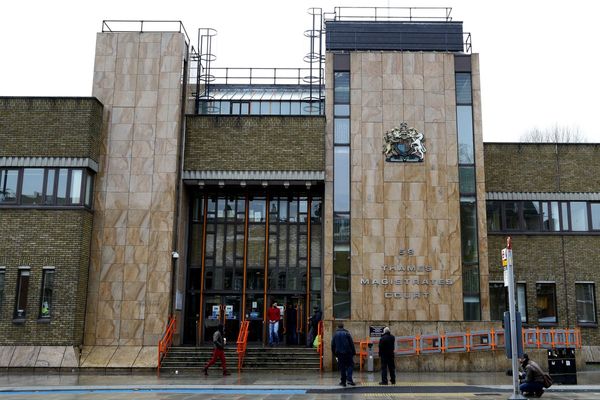
Washington (AFP) - Hurricane Nicole made landfall on the Atlantic coast of the US state of Florida, meteorologists said Thursday, sparking mandatory evacuation orders.
The Category 1 hurricane, a rare occurrence this late in the year, comes just weeks after Florida was battered by Hurricane Ian, one of the most powerful storms to hit the United States.
Nicole was packing sustained maximum winds of up to 75 miles (120 kilometers) per hour and made landfall "along the east coast of Florida just south of Vero Beach," the US-based National Hurricane Center (NHC) said in a statement Thursday at 0800 GMT.
The storm had passed over the Bahamas on Wednesday, with the level of destruction not immediately clear.
A hurricane warning was in effect for Florida's eastern coast from the city of Boca Raton to the boundary between Flagler and Volusia counties, the NHC said.
Forty-five of the state's 67 counties were under a state of emergency, Governor Ron DeSantis said, while four counties were under mandatory evacuation orders, according to the state's Division of Emergency Management.
DeSantis said 16,000 people had been recruited to respond to power outages following the storm and 600 national guardsmen had been activated.
The death toll from Ian stands at more than 100 in Florida alone.
NASA launch delay
Nicole has raised concerns that a long-delayed NASA rocket launch could be disrupted again.
The storm is heading towards NASA's Kennedy Space Center, located near Florida's eastern city of Orlando, having already disrupted plans to launch the agency's most powerful rocket next week.
The Artemis 1 mission had been due to launch on November 14, but NASA said on Tuesday it would be delayed to November 16.
A backup launch date has been set for November 19.
NASA said it would leave the giant 322-foot (98-meter) SLS rocket on the launch pad, where it had been placed several days before.
Some experts have voiced concern that the rocket, which is estimated to cost several billion dollars, could be damaged by debris from the hurricane if it remains exposed.
After two launch attempts were scrubbed this summer because of technical problems, the rocket had to be returned to the Vehicle Assembly Building to protect it from Hurricane Ian.
The uncrewed mission aims to bring the United States a step closer to returning astronauts to the Moon five decades after humans last walked on its surface.







